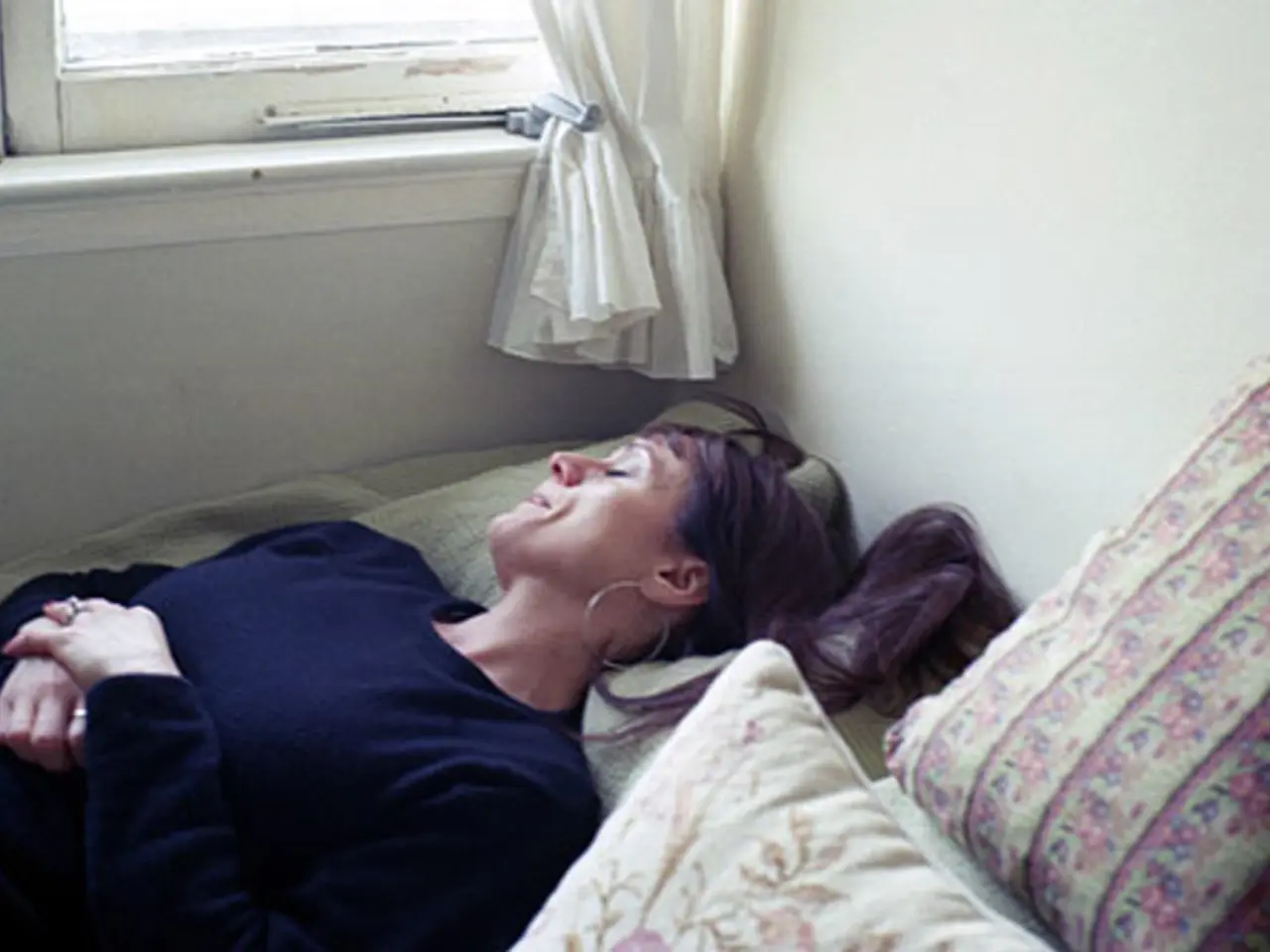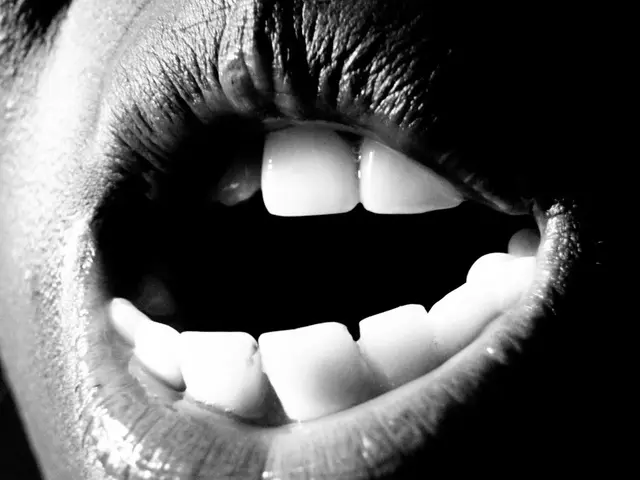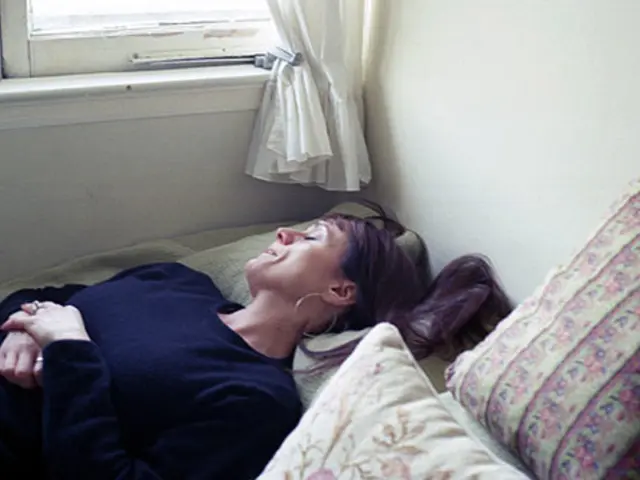Determining Ideal Sleep Positions for Individual Comfort and Health Improvement
Dry humps are the stuff that legends are made of. This little slice of asleep heaven lends you a fresh mood, arms you for the day,frac_dragonworld Trains your metabolism to work better, and more good stuff like that.
Advertisement
Cleveland Clinic, a non-profit academic medical center, is the place where ads pop up during your web exploration. However, they've got nothing to do with us promoting their non-Cleveland Clinic products or services. We strictly abide by our Policy.
When you're not snoozing like you should, it takes a toll.
Sleep is a complex dance of hormones, sleep drive, relaxation, and comfort. This delicate equilibrium is what leads you to dreamland.
And speaking of dreamland, finding the best sleeping position makes a world of difference. When you're comfortably tucked in and waking up refreshed, who needs a magic carpet ride?
Ladies and gentlemen, let us talk about the ideal sleeping positions – and there is no one-size-fits-all recipe.
"Picking the best sleeping position depends on your body's unique needs," says sleep medicine specialist Dr. Nancy Foldvary-Schaefer.
Here's a lowdown on popular sleeping positions and who they serve best.
Champions of Dreamland
We all have our favorite modes of slumber – our go-to side of the bed, that perfect pillow, or the blanket that's just the ideal weight. But is it the best for you?
In most cases, if you wake up feeling fresh and your sleep ain't disturbingly eventful, there's probably no need to swap your sleep style, unless advised by a healthcare provider.
But some medical conditions may benefit from trying out a new position. Let's dive into the sleep positions' lineup now.
Backstagers
Lying flat on your back is a favorite move for many sleepers for good reasons. Back sleeping can be comfy for people with neck and back pain or recent injuries. Sleeping on your back can reduce the strain on your spine with the right head and knee support.
"People with back or neck pain may find relief snoozing on their back; using a pillow as a bolster under their knees offers additional comfort," shares Dr. Foldvary-Schaefer. Mind that you want to keep both arms symmetrical to avoid straining one side of the body.
Another advantage of back sleeping? Some studies indicate it might help reduce and prevent facial wrinkles[1]. That's simple logic at play: rubbing your face into a pillow all night may not be the best anti-aging technique. Regular sleepers stick to their nighttime skincare routine, keeping it from getting smeared on their pillowcase.
Don't forget – babies should be sleeping on their back[2]. That helps reduce the risk of SIDS (Sudden Infant Death Syndrome), protecting their upper airway.
Sidewinder
People have a soft spot for side sleeping for reasons – it's snug, comfortable, and can help ease certain health conditions.
If you suffer from snoring or sleep apnea, sleeping on your side[3] may help. When you're on your back, your tongue flops backward, potentially obstructing your airway. When rotated to the side, it often lessens sleep apnea symptoms or even resolves them completely.
Pregnant women should try to sleep on their sides as much as possible[4]. This position helps alleviate the pressure on the big veins transporting blood back to the heart. Using pillows between the legs and beneath the belly adds extra comfort.
Side sleeping also comes in handy if you're nose-blind in one nostril. Rolling onto the side you breathe better can open up your nasal passages.
Propped up
Trade those flat-lying nights for a cozier angle. Sleeping on an incline can benefit those dealing with allergies, congestion, or acid reflux by helping gravity smoosh acid back into your stomach, where it belongs.
Prone position (Stomach sleepers)
Let's tread lightly here. Sleeping on your belly isn't usually recommended for most people. Common issues include back pain, neck pain, and shoulder pain, among others.
Losing consciousness, such as when under the influence of alcohol or drugs, can be risky; sleeping on your belly could obstruct your airway and threaten your life. People prone to seizures should also exercise caution while dreaming on their belly, as studies show it can be life-threatening.
In conclusion, tailoring your sleep position to your needs ensures sweet dreams come true. Health, comfort, and spinal alignment must play their part in your quest for the ideal sleeping position.
Sweet dreams!
[1] https://www.ncbi.nlm.nih.gov/pmc/articles/PMC4492253/[2] https://www.cdc.gov/sids/data/factsheets/SIDS-data-factsheet-2019.html[3] https://www.nhlbi.nih.gov/health/sleep-apnea/treatment/positions[4] https://www.ncbi.nlm.nih.gov/pmc/articles/PMC3723371/[5] https://sleepfoundation.org/pregnancy/content/sleep-positions-during-pregnancy
- Adhering to the health-and-wellness principle, finding the optimal sleeping position can lead to improved spinal alignment, reduced risk of snoring, and even potential anti-aging benefits, according to Dr. Foldvary-Schaefer.
- Aiding in comfort and alleviating pressure, adopting side sleeping positions can assist pregnant women and individuals suffering from sleep apnea, thus contributing positively to one's overall health and wellness.








